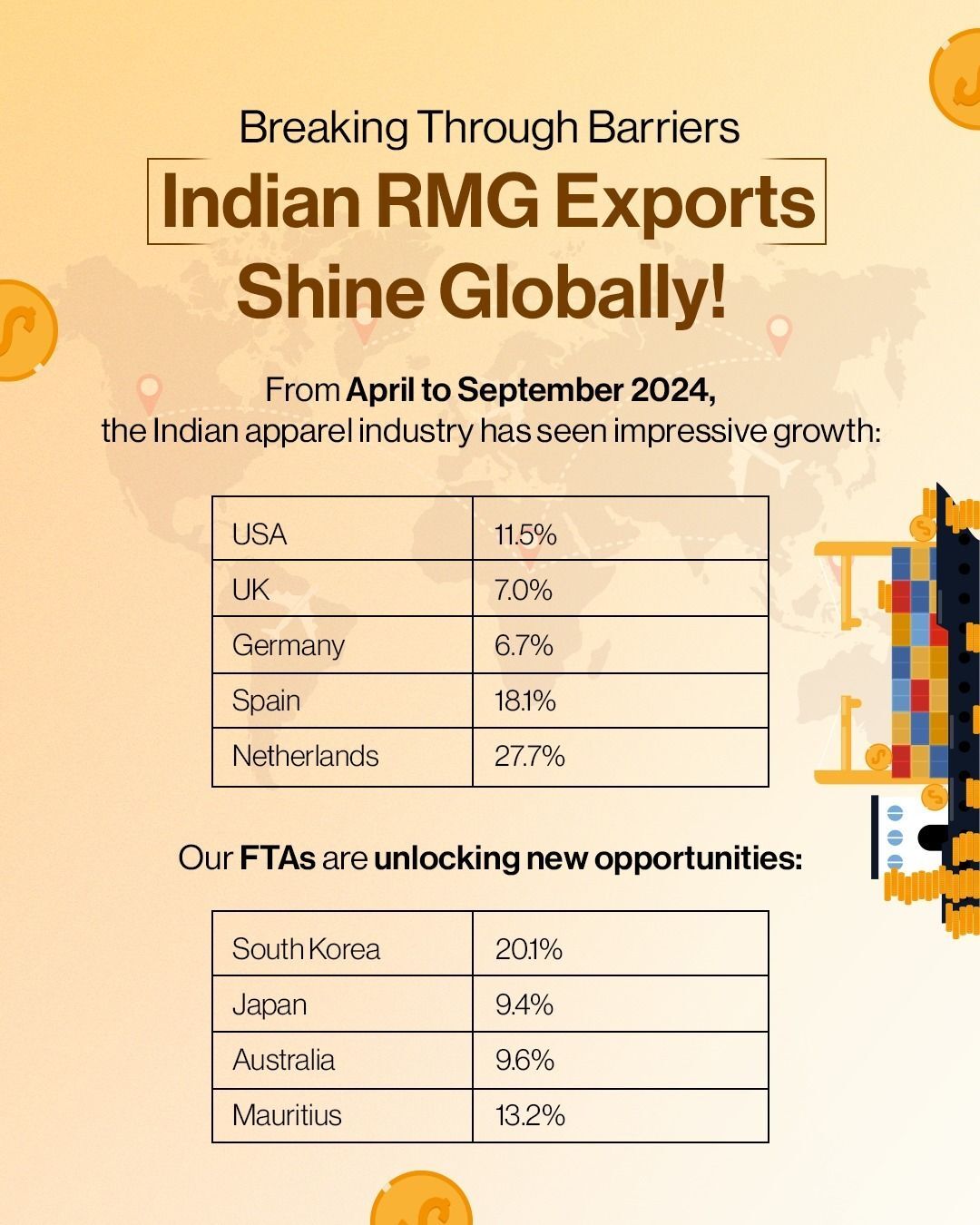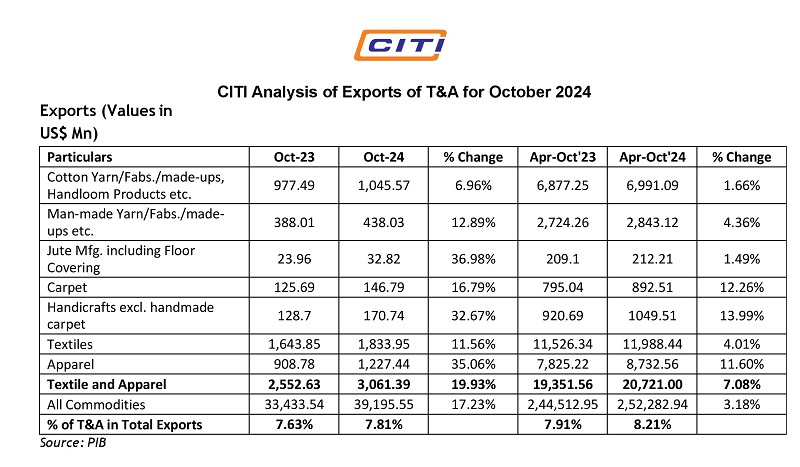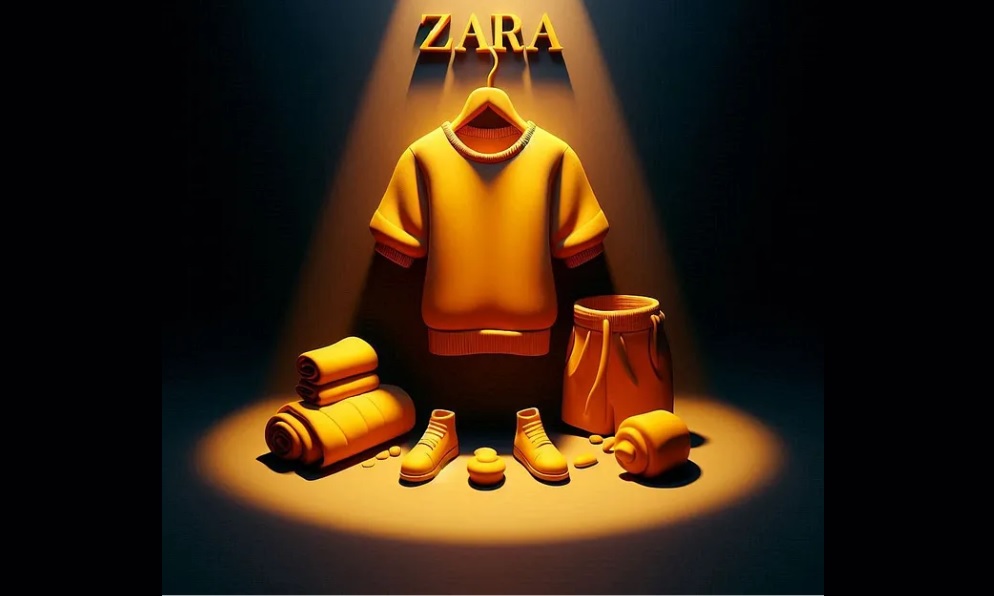
The fashion industry, a trendsetter known for its volatility, is facing a new challenge – a climate one. Sweltering heatwaves are disrupting business as usual, forcing brands to adapt to a world where scorching summers are becoming the norm.
A 2022 study by the World Meteorological Organization highlights, extreme heat events are becoming more common across the globe. North America, Europe, South Asia (including India), and parts of Africa have witnessed record-breaking temperatures in recent years. Similarly, a 2023 report by the Intergovernmental Panel on Climate Change (IPCC) predicts a rise in extreme weather events, with heatwaves being a major concern. According to a study published in Nature Climate Change, regions like Europe, North America, and South Asia are experiencing a significant increase in heatwave frequency and intensity.
This means countries that traditionally relied on winter clothing sales, like Canada or Russia, are seeing a shift in consumer behavior. This shift aligns with a 2023 consumer survey by McKinsey & Company which indicated a growing preference for natural, temperature-regulating fabrics.
From fur to linen, product shifts due to the heat
"We're seeing a clear decline in demand for heavy winter wear," says Marie Durant, head of design at a Montreal-based fashion house. Brands are responding by introducing lighter fabrics like linen and breathable synthetics into their collections, even in traditionally colder regions. The same climate patterns causing heatwaves can also lead to harsher winters, says a recent study in Geophysical Research Letters. This might seem contradictory, but it's due to disruptions in jet stream patterns. The future of fashion might involve a wardrobe that caters to both extremes.
While heatwaves could disrupt winter wardrobes, milder winters could lead to decreased demand for heavy jackets and boots. However, the unpredictable nature of climate change might also see an increase in extreme cold snaps, making versatile clothing a necessity.
Supply chain strain, raw material blues
What’s more, the heat isn't just affecting consumer preferences; it's impacting raw material production. Cotton, a staple fabric, is particularly vulnerable. A 2021 study by the World Wildlife Fund highlights how droughts associated with heatwaves can significantly reduce cotton yields. Similar concerns exist for other natural fibers like wool, where changing weather patterns can affect livestock health and wool quality.
Therefore, the future of fashion in a heating world will likely be defined by sustainability and adaptability. Brands that embrace eco-friendly fabrics made from recycled materials or natural fibers requiring less water could gain an edge. Additionally, the ability to offer versatile, season-less clothing will be key. "The fashion industry needs to become more responsive to climate change," says Aarti Rajwani, Founder of sustainable clothing label Reformation. "We need to innovate and adapt to create clothes that are not only stylish but also practical for a hotter world."
While some might see a potential boom in summer clothing sales, the overall impact on the fashion industry remains uncertain. Disruptions in the supply chain, rising costs of raw materials, and the need for constant design innovation could all lead to higher prices for consumers. The true impact will depend on the industry's ability to adapt and embrace sustainable practices.
Fashion's future forecast
The fashion industry is at a crossroads. Climate change presents a significant challenge, but it also offers an opportunity for innovation and a shift towards a more sustainable future. Brands that can adapt to the changing climate and consumer needs will likely thrive, while those clinging to old models might find themselves out in the cold, even during a scorching summer. This is just the beginning of a changing fashion landscape. As the climate continues to shift, the way we dress will undoubtedly evolve alongside it.












